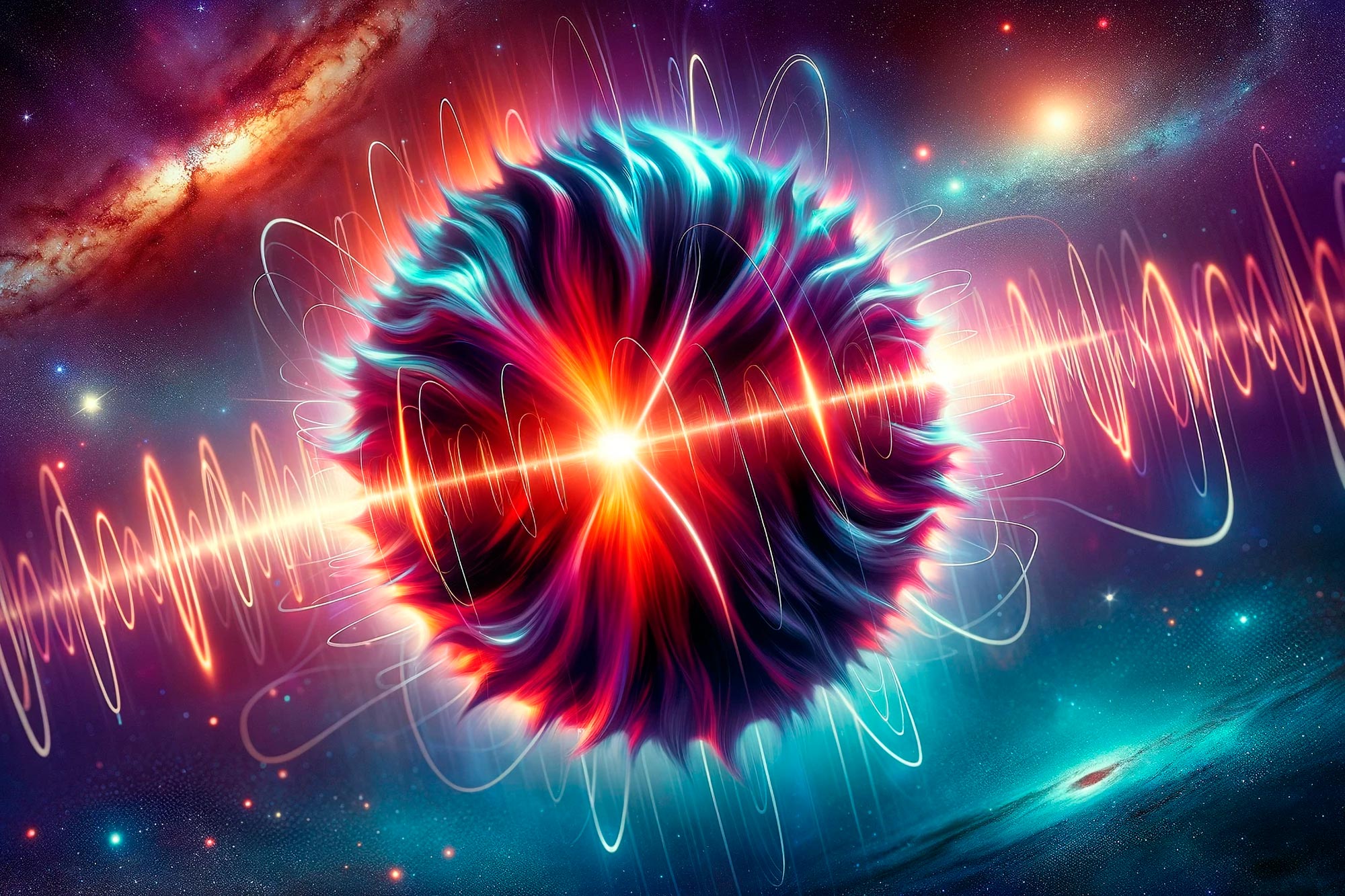Researchers have recently discovered a universal scaling law that relates to neutron stars, including magnetars, which may shed light on the mysterious phenomenon of Fast Radio Bursts (FRBs). By examining the sub-structure of their radio emissions, scientists were able to identify a commonality in their rotation periods, leading to an enhanced understanding of these celestial occurrences.
This groundbreaking study was conducted by an international team led by Michael Kramer and Kuo Liu from the Max Planck Institute for Radio Astronomy in Bonn, Germany. It focused on magnetars, a rare type of ultra-dense stars, with the objective of uncovering a universal law that applies to an array of objects known as neutron stars. The findings not only provide insights into how these stars generate radio emissions, it also offers a potential connection to the enigmatic flashes of radio light known as Fast Radio Bursts, which originate from the far reaches of the cosmos.
Published in the renowned journal Nature Astronomy, the results of the study showcase a significant revelation regarding the correlation between rotation periods of neutron stars and the manifestation of Fast Radio Bursts. This universal scaling law appears to hold the key to understanding the plasma process responsible for radio emissions, presenting an opportunity to interpret similar structures observed in FRBs as a result of corresponding rotational periods.
Magnetars, a subgroup of neutron stars, possess magnetic fields 1000 times stronger than those of regular pulsars. Of the approximately 30 known magnetars, six have been observed to emit radio emissions on occasion. It has been suggested that extragalactic magnetars may be the source of Fast Radio Bursts. The research team delved into the individual pulses of magnetars and detected similarities in their sub-structure with those observed in pulsars and other neutron star sources, revealing a striking universal relationship that scales exactly with the rotation period.
According to Michael Kramer, “We expected similarities between the magnetar emission and that of FRBs, but the discovery of this universal scaling law across all radio-loud neutron stars came as quite a surprise.” Kuo Liu added, “Both young and old neutron stars exhibit this universal scaling, providing valuable insights into the underlying process.”
Through their observations of the magnetars using the 100-m radio telescope in Effelsberg, the research team was able to identify the periodicity and fast-rotating millisecond pulsars seen in other neutron star sources. Effelsberg’s pivotal role in this discovery underscores the need for flexibility and adaptability when studying magnetar radio emission.
“One of the most exciting potential connections arising from this research is the association between FRBs and magnetars,” says Ben Stappers. “Finding periodicity in the data of FRBs would be a major breakthrough in understanding these mysterious radio sources.”
It’s no doubt that the research on the universal scaling law in neutron stars is set to revolutionize our comprehension of these remarkable celestial phenomena, and possibly lead to new insights into the nature of Fast Radio Bursts. These spectacular discoveries have opened up a whole new realm of possibilities for future astronomical research.


